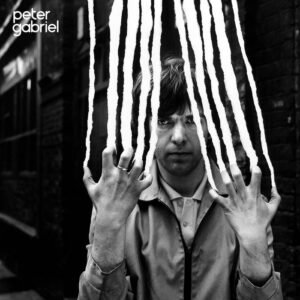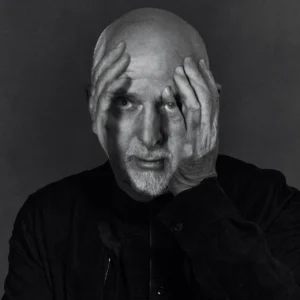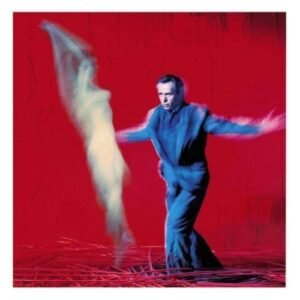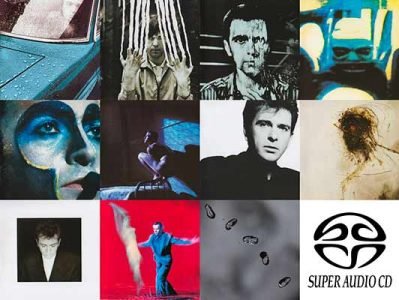Peter Gabriel’s solo career is a masterclass in evolution. From his early days with Genesis to forging a bold, experimental path on his own, Gabriel has never stood still. His albums stretch across decades and styles, blending rock, world music, and electronics with theatrical flair and emotional depth. Here, we rank his main solo studio albums.
8. Up (2002)

Up is Gabriel’s darkest and most demanding album. It’s filled with thick textures, deep introspection, and long tracks that feel more like emotional journeys than songs. While it features moments of brilliance—like “Signal to Noise” and “Darkness”—the overall weight of the record can feel overwhelming. It’s a powerful listen, but not an easy one.
7. Peter Gabriel (Scratch) (1978)

Gabriel’s second album builds on the foundation of Car but with more bite. Produced by Robert Fripp, it’s edgier and more experimental. Tracks like “On the Air” and “D.I.Y.” show a punkish energy, and “Mother of Violence” offers a haunting ballad.
6. Peter Gabriel (Car) (1977)

Gabriel’s solo debut shows him searching for a new identity after leaving Genesis. “Solsbury Hill” remains one of his most beloved tracks, and there’s charm in the album’s variety. But it’s also a record still tethered to ’70s art rock, not quite yet the forward-thinking sound he would become known for.
5. i/o (2023)

After more than two decades, Gabriel returned with i/o, a collection that showcases his enduring creativity. The album features 12 tracks, each presented in multiple mixes, inviting listeners to engage with its subtle nuances. Songs like “Playing for Time” and “Road to Joy” highlight Gabriel’s ability to craft emotionally resonant music that reflects on the human experience. While some critics noted a lack of lyrical depth in places, the album’s sonic richness and Gabriel’s distinctive voice make it a compelling addition to his discography.
4. Us (1992)

Us is Gabriel at his most confessional. Tracks like “Come Talk to Me” and “Digging in the Dirt” wrestle with personal pain, therapy, and relationships. The album blends global rhythms with high production value, yet it doesn’t have the cohesion or urgency of his best work. It’s rich, but a bit uneven.
3. So (1986)

So is Gabriel’s commercial peak, and it remains a landmark of ’80s pop innovation. With hits like “Sledgehammer,” “Big Time,” and the iconic duet “Don’t Give Up” with Kate Bush, the album blends accessibility with intelligence. It’s lush, catchy, and culturally massive—deservedly so.
2. Peter Gabriel (Security) (1982)

Also known as Security, this album dives deep into rhythm and atmosphere. It marks a turning point in Gabriel’s sound—embracing African drumming, synthesizers, and cinematic scope. “Shock the Monkey” brought him MTV attention, but tracks like “San Jacinto” and “The Rhythm of the Heat” show a fearless explorer at work.
1. Peter Gabriel (Melt) (1980)

Melt is the crown jewel. This third self-titled album balances innovation with precision. It’s dark, political, personal, and sonically groundbreaking. From the chilling “Intruder” (which pioneered gated reverb drums) to the haunting “Family Snapshot” and the powerful “Biko,” Melt is where Gabriel found his voice. It’s not just his best work—it’s one of the most important albums of the post-punk era.
